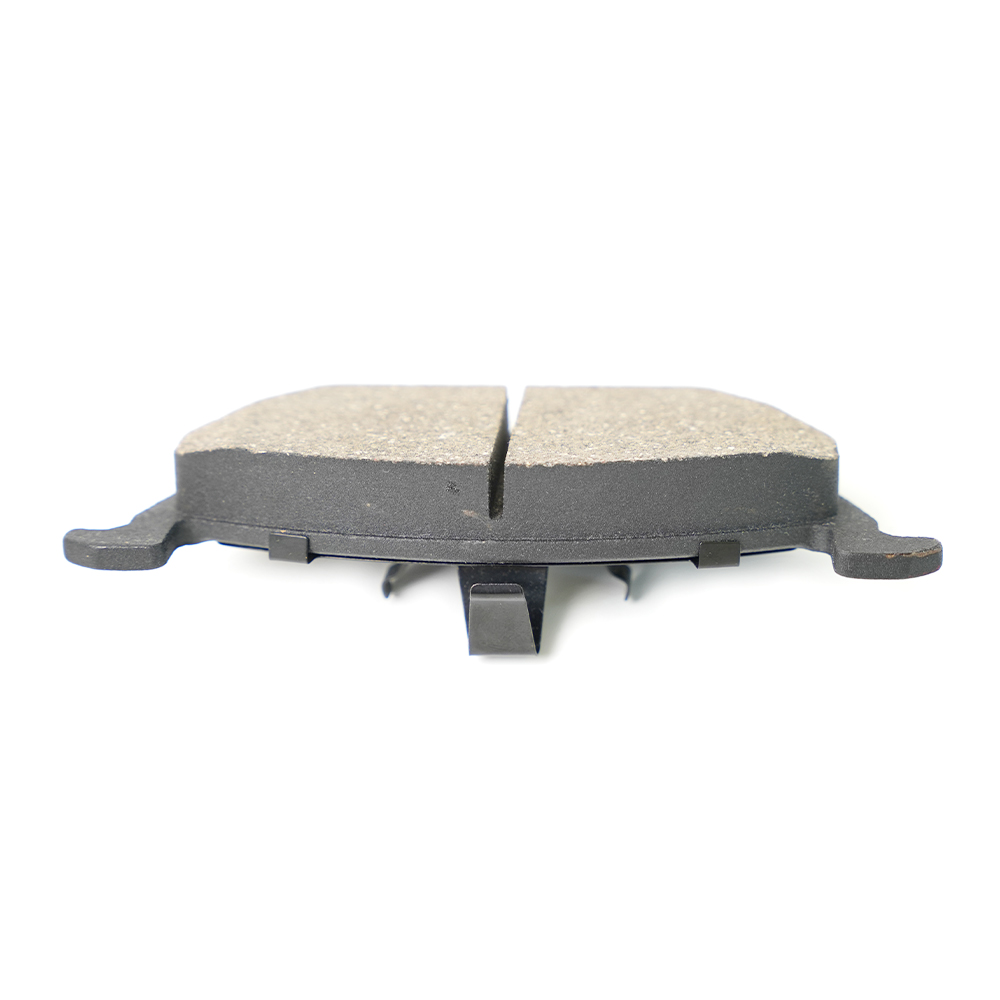Brake pads are crucial components in a vehicle's braking system, responsible for converting kinetic energy into thermal energy through friction. When it comes to heavy-duty applications like towing or frequent stop-and-go traffic, the performance and durability of brake pads become even more critical. Low-metal brake pads, characterized by their composition and performance attributes, offer a viable option for such demanding conditions, but several factors need consideration to determine their suitability.
Understanding Low-Metal Brake Pads
Low-metal brake pads are formulated with a composition that includes less than 10% metallic steel wool, making them distinct from other types like ceramic or organic pads. They are designed to provide a balance of performance, durability, and environmental considerations.
Key Characteristics of Low-Metal Brake Pads:
Performance: These pads typically exhibit good thermal conductivity and specific heat capacity. This means they can efficiently dissipate heat generated during braking, which is crucial in heavy-duty applications where brakes are subjected to frequent use and higher thermal loads.
Friction Coefficient: The friction coefficient of low-metal brake pads varies but generally provides reliable braking performance across different conditions, including heavy loads and frequent stops.
Wear and Durability: They offer moderate wear characteristics, with an average lifespan typically ranging from 30,000 to 50,000 kilometers. However, heavy-duty use can accelerate wear, necessitating regular inspection and replacement as needed to maintain optimal performance.
Noise and Dust: Low-metal brake pads are known for producing less noise and dust compared to some other types, contributing to a quieter and cleaner braking experience, which is beneficial in urban stop-and-go traffic scenarios.

Suitability for Heavy-Duty Use
Braking Performance: The ability of Low-metal brake pads to handle heavy-duty use hinges on their friction coefficient and thermal management capabilities. These pads are designed to maintain consistent braking performance under high loads and frequent stops, which is critical for safety and reliability in towing or urban traffic situations.
Heat Dissipation: Heavy-duty applications often subject brakes to intense heat. Low-metal brake pads, with their good thermal conductivity, help dissipate heat effectively, reducing the risk of brake fade and maintaining responsiveness even during prolonged use.
Wear Considerations: While they offer moderate wear characteristics, heavy-duty use can wear down brake pads quicker. It's essential to monitor pad wear regularly and replace them as needed to ensure optimal braking efficiency and safety.
Environmental and User Benefits: The reduced noise and dust emission of low-metal brake pads contribute to a cleaner operating environment and enhanced user comfort, making them suitable for vehicles that are frequently on the road and in urban areas.